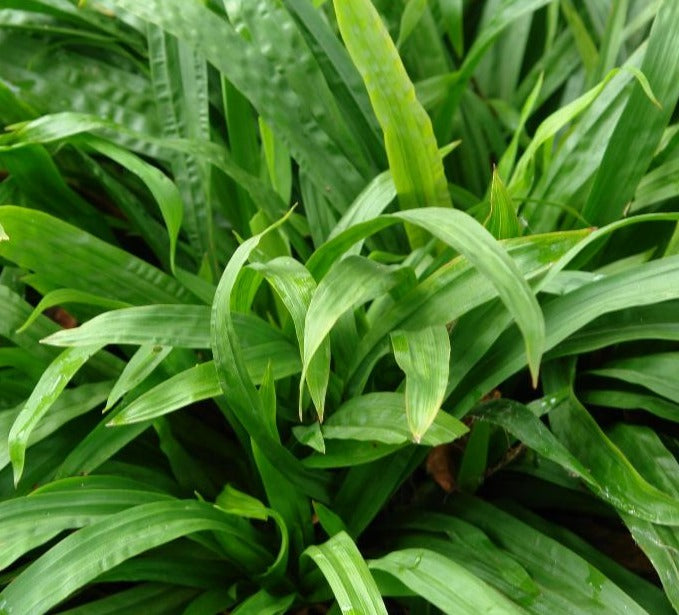CAREX PLANTAGINEA / PLANTAIN-LEAVED SEDGE
- Regular price
-
$25.95 CAD - Regular price
-
- Sale price
-
$25.95 CAD
Couldn't load pickup availability
Delivery Fees
Delivery Policy
Enjoy FREE delivery on all orders over $149!
For orders between $80 and $149, a $18.99 delivery fee will apply.
Orders under $80 will be prompted to add more items to your cart.
CAREX PLANTAGINEA / PLANTAIN-LEAVED SEDGE
A Tidy, Low-Growing Sedge with Broad, Arching Foliage
Carex plantaginea, commonly known as Plantain-Leaved Sedge, is a versatile, evergreen perennial that forms dense clumps of arching, broad green leaves. This attractive sedge thrives in moist, well-drained soils and is perfect for woodland gardens, shaded borders, or groundcover in low-light areas. With its fine texture and tidy growth habit, it adds an elegant touch to shady garden beds and naturalized landscapes.
Why Choose Plantain-Leaved Sedge?
-
Shade Tolerant: Perfect for low-light or woodland garden settings, providing a lush groundcover option.
-
Evergreen Foliage: Retains its green color throughout the year, offering year-round interest.
-
Low Maintenance: Once established, it requires minimal care, making it an easy choice for low-maintenance landscapes.
-
Versatile: Works well in a variety of settings, including shaded borders, woodland gardens, and near water features.
Key Features
-
Foliage Color: Dark green, broad, arching leaves that create a lush, textured appearance.
-
Growth Habit: Clump-forming and compact, typically growing 12–18 inches tall and wide.
-
Hardiness: Tolerates USDA Zones 4–9, suitable for a wide range of climates.
-
Seed Heads: Small, inconspicuous seed heads that add subtle interest in late spring to early summer.
Specifications
-
Plant Size: Typically grows 12–18 inches tall and wide.
-
Hardiness: USDA Zones 4–9, adaptable to a variety of climates and growing conditions.
-
Sunlight: Prefers partial to full shade for best growth.
-
Soil Requirements: Moist, well-drained soils; prefers slightly acidic to neutral soil conditions.
Ideal Uses
-
Woodland Gardens: Perfect for shaded areas or under trees, where other plants may struggle.
-
Groundcover: Excellent for low-maintenance groundcover in moist, shaded garden beds.
-
Shade Gardens: Adds texture and interest to shaded garden areas, filling gaps in the landscape.
-
Moisture-Rich Landscapes: Ideal for planting near ponds, streams, or boggy areas where moisture is abundant.
Carex plantaginea, or Plantain-Leaved Sedge, is an elegant, evergreen sedge that thrives in shaded, moist environments. With its low-maintenance care and attractive foliage, it’s an ideal choice for woodland gardens, groundcover, or shaded landscapes that need a reliable and visually appealing plant.
NATIVE TO ONTARIO
Care Instructions
Different plants have different watering needs. Check the soil moisture by inserting your finger about an inch into the soil. If it feels dry, water the plant until the water drains from the bottom of the pot. Avoid overwatering, as it can lead to root rot.


CAREX PLANTAGINEA / PLANTAIN-LEAVED SEDGE
- Regular price
-
$25.95 CAD - Regular price
-
- Sale price
-
$25.95 CAD


